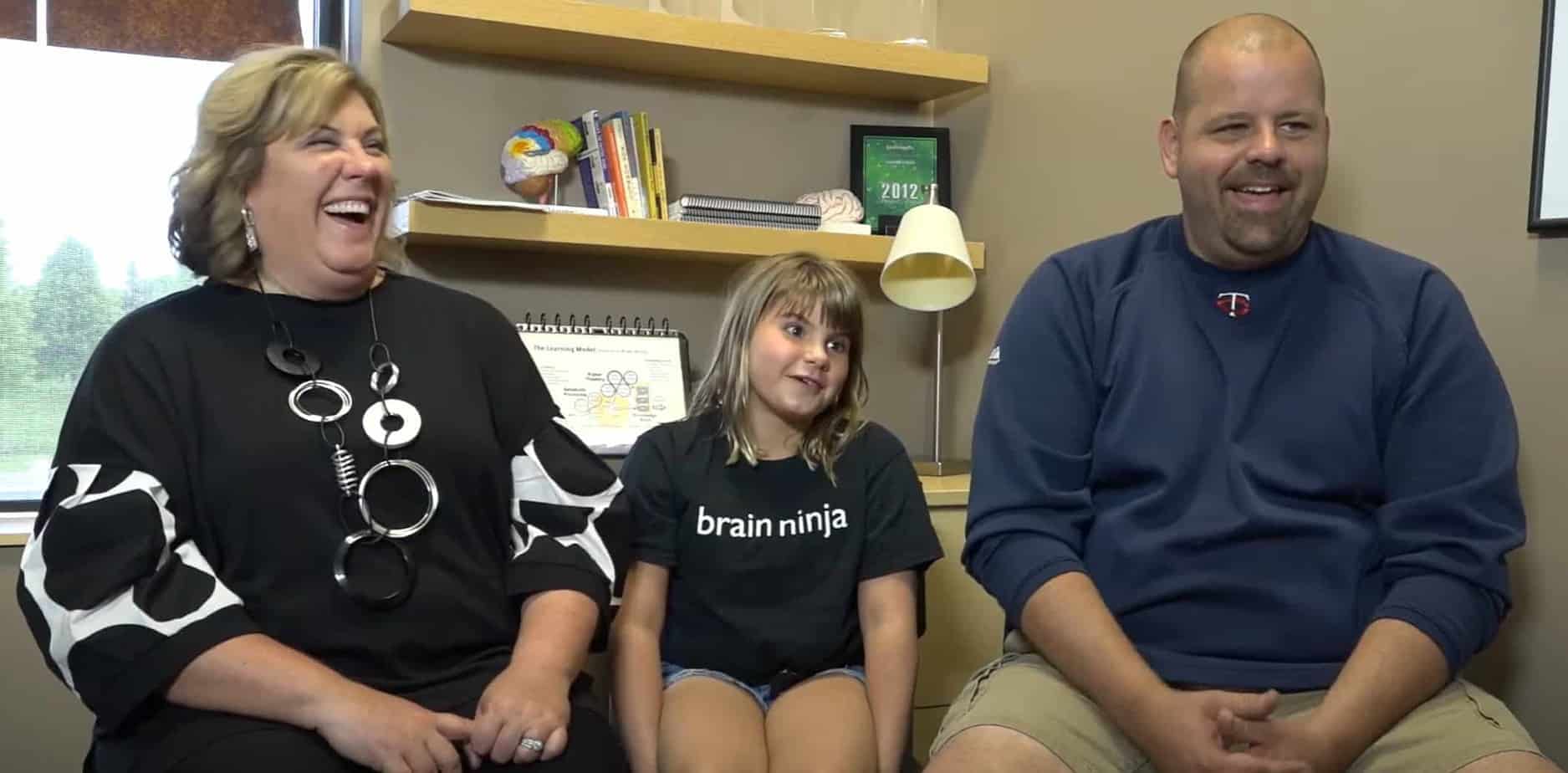Tips to Support ADHD Kids Over the Summer
As the school year comes to a close, parents of children with ADHD may find themselves facing a new set of challenges. Without the structure of school, managing ADHD symptoms can become more difficult during the summer break. However, with the right strategies in place, parents can help their ADHD children thrive during these months of freedom and fun. Here are some key ways you can support your kids with ADHD and make it a fun and smooth season for everyone…
Establish a Routine:
One of the most effective ways to support children with ADHD during the summer is to establish and maintain a daily routine. While it’s important to allow for flexibility and spontaneity, having a predictable schedule can provide a sense of stability and security for children with ADHD. Set regular times for waking up, meals, activities, and bedtime, and try to stick to them as much as possible.
Plan Structured Activities:
Keeping ADHD children engaged in structured activities can help prevent boredom and reduce the likelihood of impulsive behavior. Consider enrolling your child in summer camps, sports programs, or arts and crafts classes that cater to their interests. These activities not only provide stimulation but also offer opportunities for social interaction and skill development.
Limit Screen Time:
While it may be tempting to let your child spend hours in front of a screen during the summer break, too much screen time can exacerbate ADHD symptoms. Set limits on screen time and encourage alternative activities such as outdoor play, reading, or creative projects. Be consistent with when screen time happens each day, and as kids adjust to the new schedule, you’ll probably get less push-back about turning it off if they know when it’s coming.
Encourage Physical Activity:
Regular exercise has been shown to have numerous benefits for children with ADHD, including improved focus, mood, and self-regulation. Make physical activity a priority by scheduling daily outdoor playtime, family walks or bike rides, or trips to the park. Consider introducing activities like swimming, yoga, or martial arts, which can help channel excess energy in a positive way.
Practice Mindfulness and Relaxation Techniques:
Teaching ADHD children mindfulness and relaxation techniques can help them better manage stress, anxiety, and impulsivity. Introduce simple practices such as deep breathing exercises, progressive muscle relaxation, or guided imagery. Encourage your child to take breaks throughout the day to engage in these activities and create a calm and peaceful environment at home.
Provide Structure for Learning:
Summer is an excellent time for children to explore new interests and continue learning outside of the classroom. Create a structured learning environment at home by incorporating educational activities and projects into your child’s daily routine. Set aside time for reading, writing, math games, or science experiments, and involve your child in planning and setting goals for their learning.
Foster Independence and Responsibility:
Empowering ADHD children to take ownership of their responsibilities can boost their confidence and self-esteem. Encourage independence by assigning age-appropriate chores, teaching organizational skills, and setting clear expectations for behavior and accountability. Whenever possible, provide choices and take their feedback. Allowing ownership and input is crucial to get their brains to engage with the tasks at hand. Offer praise and positive reinforcement for efforts and achievements, and provide support and guidance when needed.
Looking for a Targeted ADHD Program for the Summer?
Brain training is a great option to help kids with ADHD channel some mental energy and build skills ahead of next school year.







